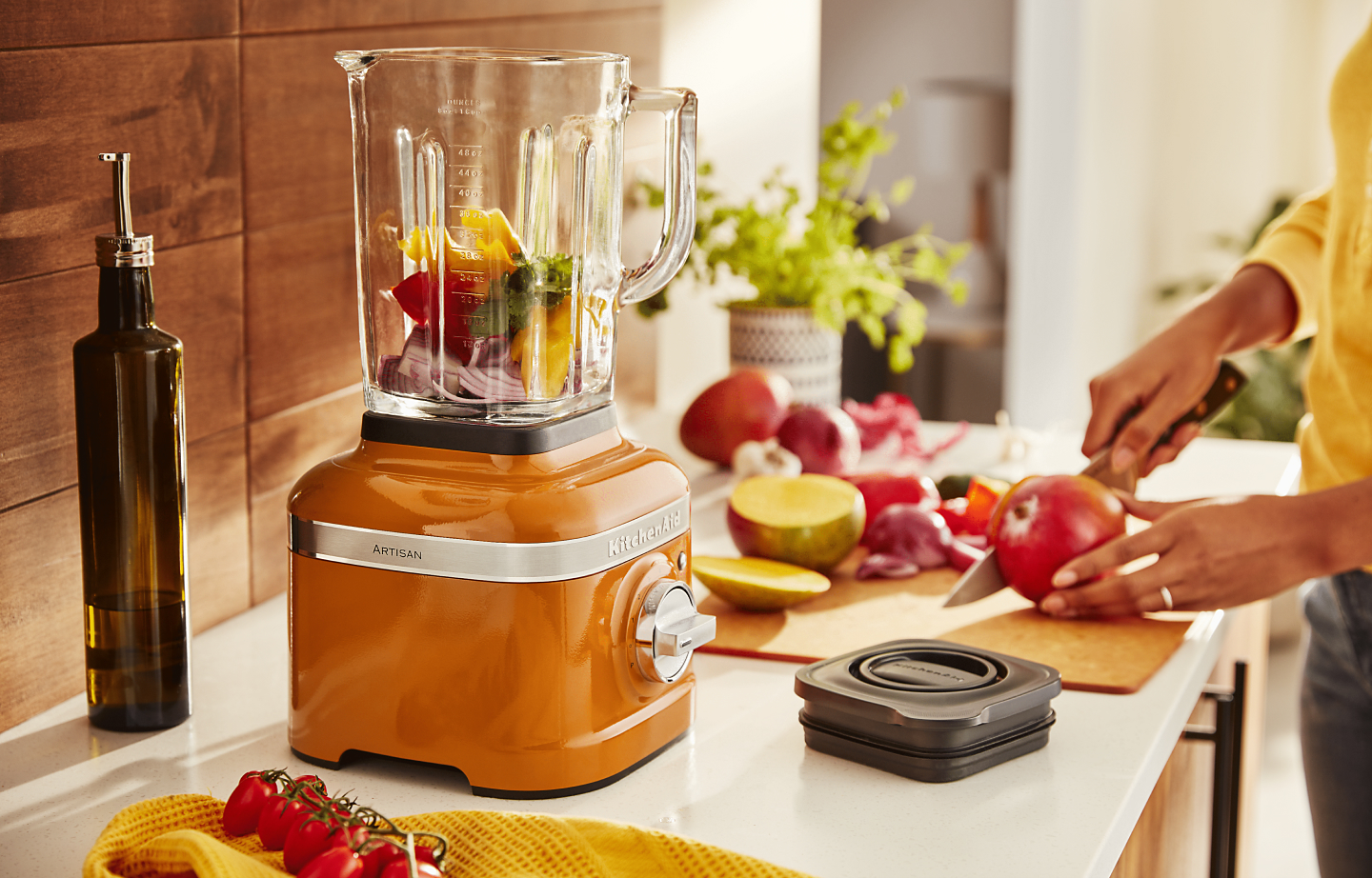

Articles
How To Make Soup In Blender
Modified: September 1, 2024
Learn how to make soup in a blender with these helpful articles. Discover delicious recipes and tips for creating the perfect soup every time.
(Many of the links in this article redirect to a specific reviewed product. Your purchase of these products through affiliate links helps to generate commission for Storables.com, at no extra cost. Learn more)
Introduction
There’s something comforting about a warm bowl of soup on a chilly day. Whether you’re looking for a quick and convenient meal or want to experiment with flavors in the kitchen, making soup in a blender is a game-changer. With just a few simple steps, you can whip up a delicious and nutritious soup that is ready to be enjoyed in no time.
In this article, we will explore the benefits of making soup in a blender, provide tips on choosing the right blender for the job, discuss the essential ingredients, and guide you through the process of creating flavorful soups using a blender. We will also share some popular blender soup recipes to inspire your culinary adventures. So, let’s dive in and discover how to make soup in a blender!
Key Takeaways:
- Blending soups offers time-saving, texture control, and nutritional value, making it a versatile and convenient option for creating delicious and personalized meals in no time.
- Choosing the right blender, proper ingredient preparation, and following blending tips are essential for achieving the best results when making soup in a blender. Embrace the convenience and creativity of blending soups to savor hearty and flavorful meals.
Read also: 14 Amazing Soup Blender for 2025
Benefits of Making Soup in a Blender
Making soup in a blender offers several advantages that go beyond convenience. Here are some of the key benefits:
- Time-saving: Blending soup allows for a quicker cooking process compared to traditional stove-top methods. Most blender soups can be ready in less than 30 minutes, making it a perfect option for busy individuals or those craving a homemade meal on the go.
- Texture control: Blenders provide the ability to control the texture of your soup. Whether you prefer a smooth and velvety consistency or a chunky and hearty texture, the blender can easily help you achieve the desired result.
- Nutritional value: The high-speed blending process helps retain the nutritional value of the ingredients. By blending soup, you preserve more of the essential vitamins, minerals, and fiber present in the vegetables.
- Versatility: Blending soups opens up a world of creativity in the kitchen. You can mix and match a variety of ingredients to create unique flavors and experiment with different combinations. This flexibility allows you to personalize your soup to suit your taste preferences.
- Simplifies meal planning: Making soup in a blender is an excellent way to utilize leftover ingredients. Instead of letting them go to waste, you can blend them together to create a delicious and satisfying soup. It’s an economical and sustainable approach to meal planning.
- Easier clean-up: Unlike traditional stovetop cooking, blending soup means fewer pots and pans to wash. Most blenders have removable blades and containers that can be easily rinsed or placed in the dishwasher, saving you time and effort in the cleanup process.
With these benefits in mind, it’s clear why making soup in a blender is a popular choice for both novice and seasoned cooks. The next step is to select the right blender for this task, which we’ll discuss in the next section.
Choosing the Right Blender for Soup Making
When it comes to making soup in a blender, having the right appliance can make all the difference. Here are a few factors to consider when selecting a blender for soup making:
- Power and motor: Look for a blender with a powerful motor to ensure that it can handle the demands of blending soups. Ideally, a blender with a motor of at least 500-700 watts is recommended for smooth and consistent blending.
- Blade design: The blade design plays a crucial role in achieving the desired texture of your soup. Look for a blender with sturdy and sharp blades that are capable of pulverizing ingredients into a smooth consistency.
- Container capacity: Consider the size of the blender’s container or pitcher. If you’re planning to make larger batches of soup, opt for a blender with a larger capacity. However, if you primarily make soup for individual servings, a blender with a smaller container might be more suitable.
- Variable speed settings: Having variable speed settings on your blender can give you better control over the blending process. This feature allows you to start at a low speed and gradually increase it, ensuring that you achieve the desired consistency without over-blending.
- Easy to clean: Look for a blender with parts that are easy to disassemble and clean. Having dishwasher-safe components can also make the cleaning process more convenient.
- Additional features: Some blenders come with additional features like pre-programmed settings, pulse function, or soup-specific modes. While not necessary, these features can offer added convenience and make the soup-making process even easier.
Considering these factors will help you choose a blender that suits your needs and preferences. It’s worth investing in a quality blender that can withstand the demands of blending soups, as it will be an indispensable tool in your kitchen for creating delicious soups.
Essential Ingredients for Soup in Blender
When it comes to making soup in a blender, the possibilities are endless. You can blend a wide variety of ingredients to create delicious and nourishing soups. Here are some essential ingredients to consider:
- Vegetables: Start with a flavorful base of vegetables such as onions, carrots, celery, and garlic. These ingredients provide a distinct taste and add depth to your soup.
- Stock or broth: To enhance the flavor of your soup, use vegetable, chicken, or beef stock as a base. It adds richness and depth to the soup’s taste.
- Protein: Consider adding protein sources like chicken, tofu, lentils, or beans to make your soup more filling and nutritious.
- Herbs and seasonings: Experiment with various herbs and spices to elevate the flavor of your soup. Popular choices include basil, oregano, thyme, rosemary, and cumin.
- Liquid: Along with the stock or broth, you may need additional liquid, such as water or cream, to achieve the desired consistency of your soup.
- Salt and pepper: Don’t forget to season your soup with salt and pepper to taste. Adjust the seasoning as needed throughout the blending process.
- Garnishes: Consider adding garnishes such as freshly chopped herbs, grated cheese, croutons, or a drizzle of olive oil to enhance the visual appeal and flavor of your soup.
These ingredients form the foundation of your soup, but it’s important to remember that the beauty of making soup in a blender lies in its adaptability. Feel free to customize your soup by adding other vegetables, proteins, or spices based on your preferences.
Now that we have the essential ingredients ready, let’s move on to the next step: preparing the ingredients for soup in a blender.
Preparing the Ingredients
Before you start blending your soup, it’s essential to properly prepare the ingredients. This preparation ensures that your soup blends smoothly and results in a delicious and well-textured dish. Here are some steps to follow:
- Wash and chop the vegetables: Begin by washing all the vegetables thoroughly under running water to remove any dirt or debris. Then, chop them into small, uniform pieces. This step ensures that the vegetables blend easily and cook evenly.
- Pre-cook proteins: If you’re using proteins like chicken or tofu in your soup, it’s best to pre-cook them before blending. This ensures that they are fully cooked and tender. You can grill, roast, or sauté the proteins according to your preference.
- Sauté aromatics: In a separate pan, heat a small amount of oil or butter and sauté the onions, garlic, and any other aromatic ingredients you’re using. This step helps enhance the flavors before blending.
- Preheat the broth: If you’re using stock or broth as the base of your soup, preheat it in a separate pot before blending. This helps to bring out the flavors and aids in the blending process.
- Cool the ingredients: After pre-cooking and sautéing the ingredients, allow them to cool slightly before adding them to the blender. This prevents any unwanted pressure buildup or splattering.
- Measure and assemble: Measure out the pre-cooked ingredients, sautéed aromatics, and preheated broth according to your recipe or taste preference. Add them to the blender, ensuring not to exceed the blender’s maximum capacity.
By following these preparation steps, you will have all your ingredients ready and optimized for blending in the next stage. Taking the time to prepare your ingredients beforehand will contribute to a smooth blending process and a tastier end result.
Now that we have our ingredients prepared, it’s time to delve into the steps of making soup in a blender. Let’s get blending!
When making soup in a blender, be sure to let the soup cool slightly before blending to avoid any potential splattering. Additionally, blend in small batches to ensure a smooth and even consistency.
Read more: How To Make Soup In A Slow Cooker
Steps to Make Soup in Blender
Now that our ingredients are prepared, it’s time to dive into the steps of making soup in a blender. Follow these simple instructions to create a delicious soup:
- Add ingredients to the blender: Begin by adding the prepared ingredients to the blender. Start with the vegetables, followed by the proteins, sautéed aromatics, and any additional herbs or seasonings.
- Pour in the broth: Slowly add the preheated broth to the blender, ensuring that it doesn’t exceed the maximum capacity. Use the broth to adjust the consistency of the soup, adding more for a thinner soup and less for a thicker one.
- Secure the blender lid: Ensure that the blender lid is securely in place before starting the blending process. This prevents any spills or accidents while the blender is in use.
- Blend on low speed: Start the blender on a low speed setting to get the ingredients moving and gradually increase the speed. Blend until the soup reaches your desired consistency, whether that’s smooth and velvety or slightly chunky.
- Taste and adjust: Once blended, taste the soup and adjust the seasoning as required. Add more salt, pepper, or herbs to enhance the flavors to your liking.
- Optional: Strain the soup: If you prefer a smooth and silky texture, you can strain the soup using a fine-mesh sieve or cheesecloth. This step helps remove any remaining pulp or fibrous bits, resulting in a smoother soup.
And voila! Your soup is ready to be served and enjoyed. Pour it into bowls, garnish if desired, and savor the delightful flavors you’ve created. Making soup in a blender is as easy as that!
Now, let’s move on to some essential tips to help you achieve the best results when blending soup.
Tips for Blending Soup
Blending soup in a blender can yield fantastic results, but it’s essential to keep a few key tips in mind to achieve the best texture and flavors. Here are some valuable tips to enhance your soup blending experience:
- Blend in batches: If you’re making a large batch of soup, it’s best to blend it in smaller batches rather than overfilling the blender. This ensures that the ingredients blend evenly and smoothly.
- Be cautious with hot liquids: When blending hot soup, be cautious as the steam can create pressure and cause the blender lid to lift. Leave an opening in the lid or use a dishcloth to cover it while blending to allow steam to escape safely.
- Start with low speed: Begin blending on a low speed setting and gradually increase it. This prevents splatters and allows the ingredients to blend evenly.
- Hold the lid firmly: While blending, hold the blender lid firmly to prevent any accidental spills or leaks. It’s important to keep the lid secure and in place throughout the blending process.
- Pulse for chunky texture: If you prefer a chunkier texture, use the pulse function on your blender. Pulse in short bursts until you achieve the desired consistency, being careful not to over-blend.
- Don’t over-blend: Be mindful not to over-blend the soup, especially if you prefer a chunkier texture. Over-blending can lead to a pureed consistency, which may not be what you’re aiming for.
- Adjust consistency: If your soup turns out too thick, you can thin it out by adding more broth, water, or cream. Adjust the consistency according to your preference by gradually adding small increments of liquid and blending until smooth.
- Cool before storing: Allow the blended soup to cool before transferring it to storage containers. This prevents condensation and ensures that the soup stays fresh when stored in the refrigerator or freezer.
By following these tips, you can achieve a perfect blend every time and create soups with the desired texture and flavors.
Now that we’ve covered the essential tips, it’s time to explore how to serve and store your blended soup.
Serving and Storing Soup
With your delicious soup blended to perfection, it’s time to think about serving and storing it properly. Here are some tips to ensure that your soup is enjoyed at its best:
- Serving: Ladle the soup into bowls or soup plates. If desired, garnish with fresh herbs, a drizzle of olive oil, a sprinkle of grated cheese, or croutons to add extra flavor and visual appeal.
- Accompaniments: Serve your soup with a side of crusty bread, dinner rolls, or crackers for dipping or sopping up the delicious broth.
- Storing: Allow the soup to cool completely before storing it. Once cooled, transfer the soup to airtight containers or freezer-safe bags. Label the containers with the date and soup type if you’re freezing it for later use.
- Reheating: When reheating the soup, do so gently to avoid scorching it. Use a stovetop pot or microwave, stirring occasionally to ensure even heating. Add a splash of broth or water if needed to adjust the consistency.
- Freezing: If you plan to freeze the soup, ensure that you leave some headspace in the containers or bags to allow for expansion during freezing. Frozen soup can typically be stored for up to three months.
- Thawing: When ready to use frozen soup, thaw it overnight in the refrigerator. Alternatively, you can place the frozen soup in a pot and heat it gently over low heat until completely thawed.
- Quality check: Before serving or reheating stored soup, give it a quick quality check. Look for any signs of spoilage, off flavors, or unusual textures. If in doubt, it’s best to discard it.
By following these serving and storing tips, you can enjoy your delicious blended soup at its peak freshness and flavors.
Now that you have a good understanding of the process of making and serving soup in a blender, let’s explore some popular soup recipes that are perfectly suited for blender preparation.
Popular Soup Recipes for Blender
Blending soups opens up a world of culinary possibilities. Here are a few popular soup recipes that are well-suited for preparation in a blender:
- Classic Tomato Soup: Blend together roasted tomatoes, sautéed onions, garlic, vegetable broth, and a splash of cream for a smooth and comforting tomato soup. Serve with grilled cheese sandwiches for a classic combination.
- Butternut Squash Soup: Blend roasted butternut squash, onions, vegetable broth, and warm spices like nutmeg and cinnamon for a velvety and aromatic autumnal soup. Garnish with toasted pumpkin seeds for added crunch.
- Broccoli Cheddar Soup: Blend steamed broccoli florets, cheddar cheese, sautéed onions, vegetable broth, and a touch of cream for a rich and cheesy soup. Serve with crusty bread for a satisfying meal.
- Curried Cauliflower Soup: Blend roasted cauliflower, onions, vegetable broth, coconut milk, and curry powder for a flavorful and creamy soup with a hint of spice. Top with toasted almonds for added texture.
- Creamy Mushroom Soup: Blend sautéed mushrooms, onions, vegetable broth, and a splash of cream for a velvety and earthy mushroom soup. Garnish with fresh thyme leaves for a touch of freshness.
- Carrot Ginger Soup: Blend cooked carrots, ginger, sautéed onions, vegetable broth, and a splash of orange juice for a vibrant and invigorating soup. The combination of carrots and ginger provides a hint of sweetness and warmth.
These are just a few examples, but the possibilities are endless. Feel free to experiment with different ingredients, spices, and herbs to create your own signature soup recipes.
Now that you have a repertoire of soup recipes and all the knowledge needed to make soup in a blender, it’s time to get creative in the kitchen. Enjoy the process of blending and savor the delicious results!
As a final note, always remember to adjust the recipes and ingredient quantities according to your personal taste preferences and dietary needs.
Read more: How To Make Chicken Soup In Slow Cooker
Conclusion
Making soup in a blender is a convenient and efficient way to create delicious and nutritious meals. With the ability to control texture, blend a variety of ingredients, and preserve nutritional value, blending soups offers a range of benefits. By following the steps outlined in this article, you can easily whip up a flavorful and satisfying bowl of soup in no time.
Choosing the right blender that suits your needs and preferences is vital for successful soup-making. Consider factors such as power, blade design, container capacity, variable speed settings, and ease of cleaning when selecting a blender specifically for soup preparation.
Remember to prepare your ingredients properly by washing, chopping, pre-cooking proteins, sautéing aromatics, and preheating the broth. This preparation ensures that the blending process goes smoothly and results in a well-textured soup.
When blending the soup, start at a low speed and gradually increase it, being careful to hold the lid securely and avoid over-blending. Adjust the consistency as desired and taste for seasoning before serving or storing.
Serve your blended soup with accompaniments like crusty bread or crackers, and store any leftovers in airtight containers or freezer-safe bags. Properly reheating and thawing will retain the flavors and qualities of the soup.
Whether you’re enjoying classic tomato soup, creamy butternut squash, or experimenting with creative flavor combinations, there are endless possibilities when it comes to blender soup recipes. Let your imagination run wild and create personalized soups that suit your taste preferences.
So, embrace the convenience, versatility, and deliciousness of making soup in a blender. It’s time to blend your way to hearty and flavorful meals, all while saving time and effort in the kitchen. Happy soup-making!
Frequently Asked Questions about How To Make Soup In Blender
Was this page helpful?
At Storables.com, we guarantee accurate and reliable information. Our content, validated by Expert Board Contributors, is crafted following stringent Editorial Policies. We're committed to providing you with well-researched, expert-backed insights for all your informational needs.


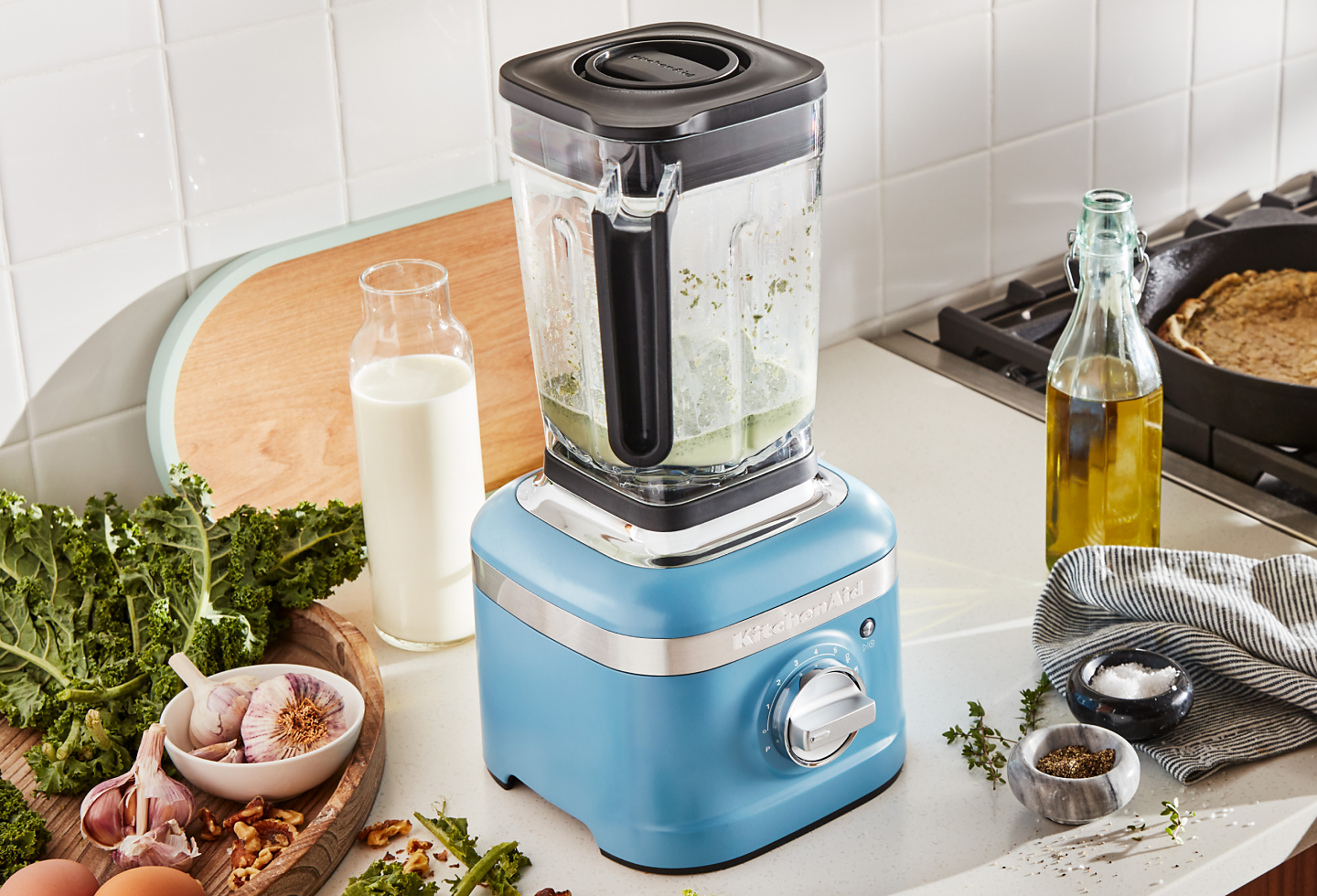
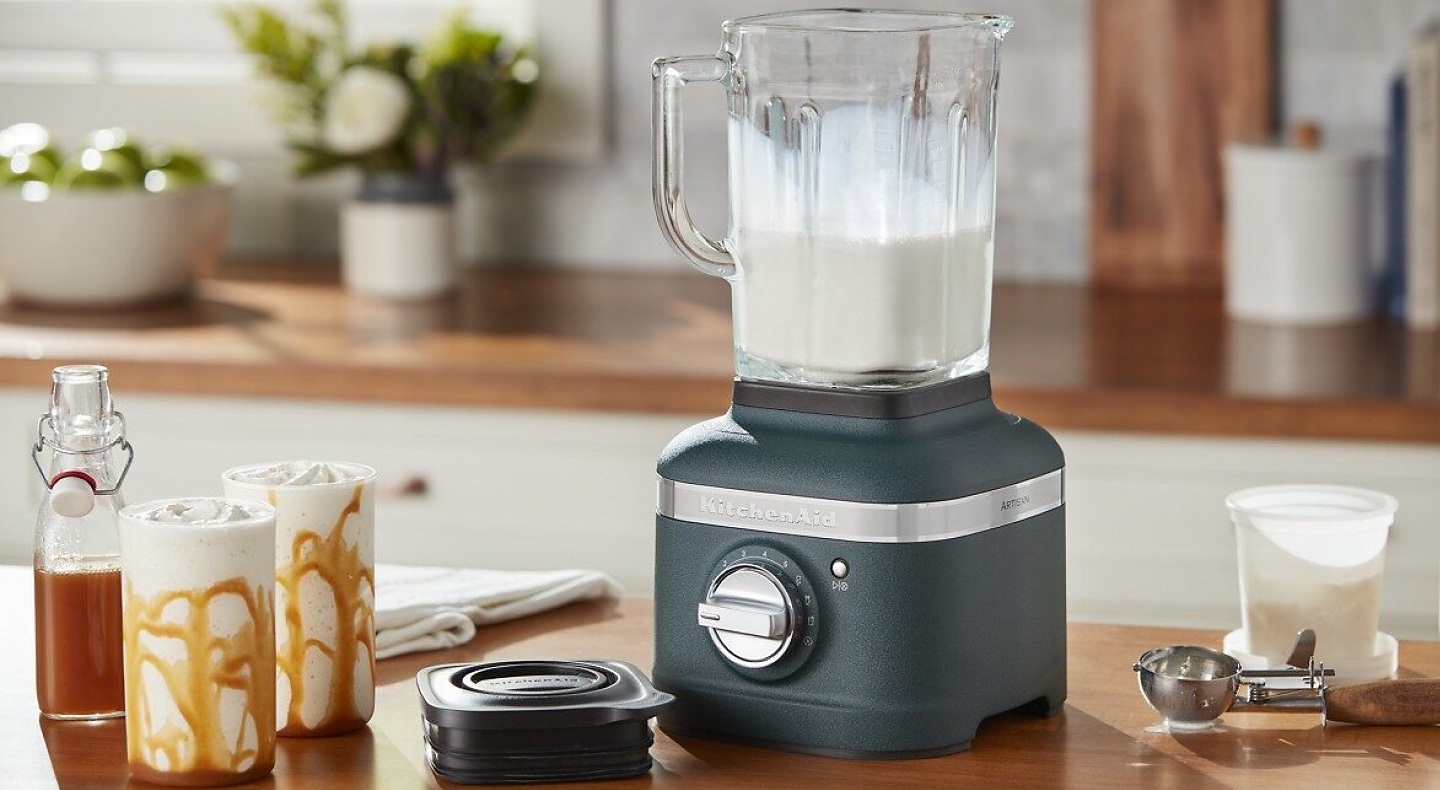


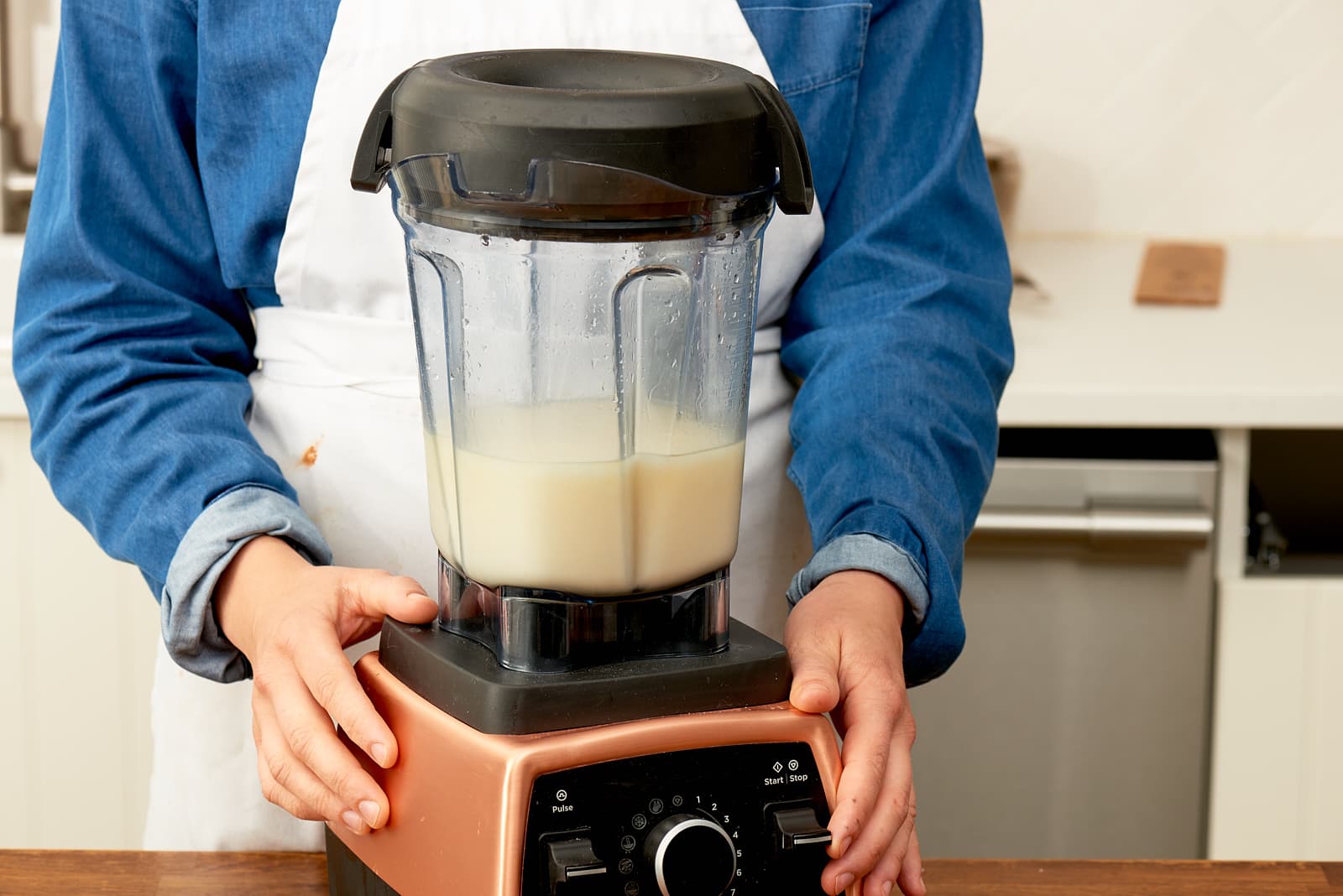


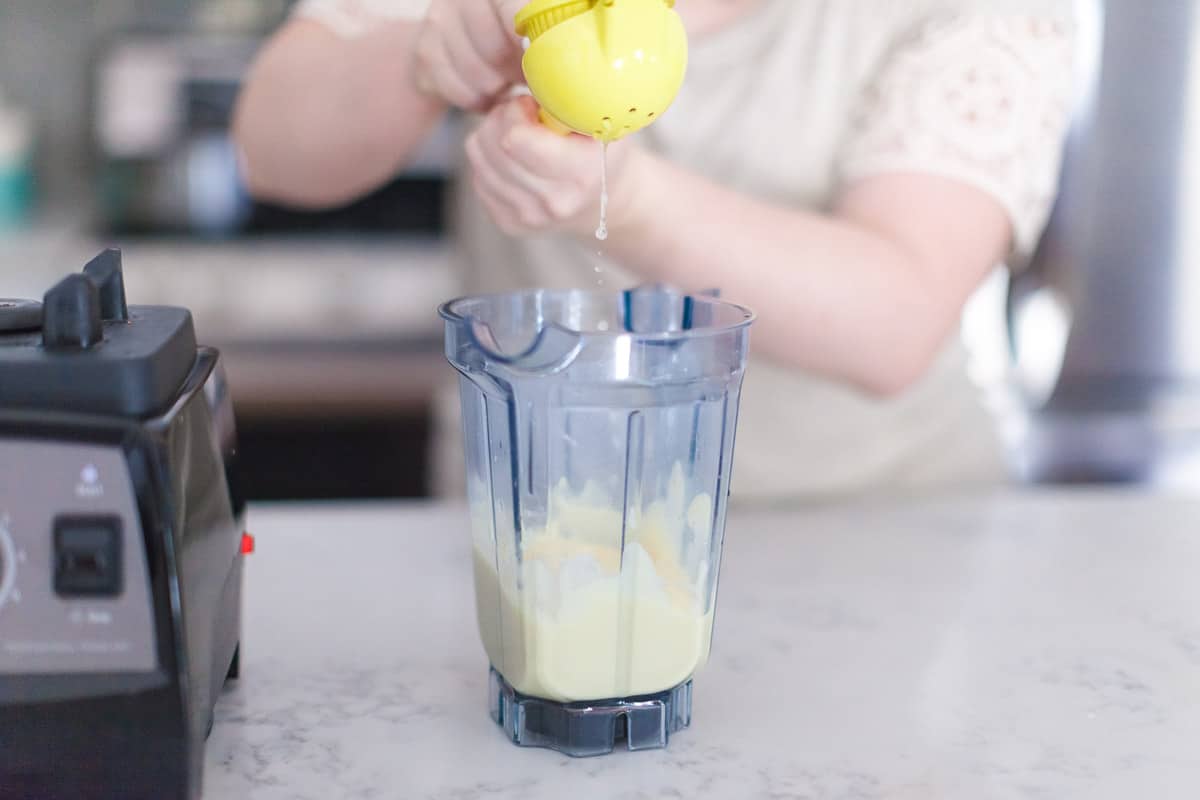
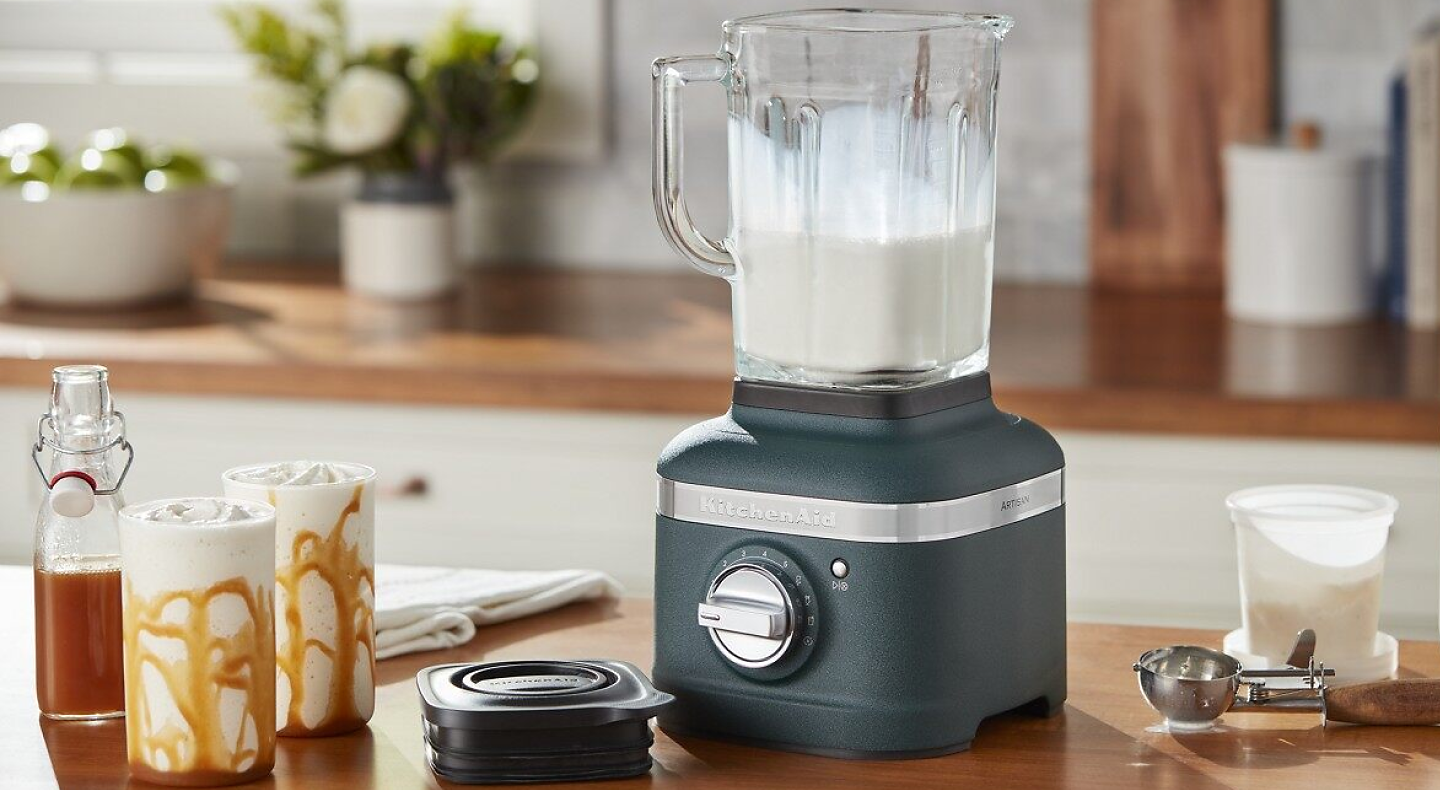

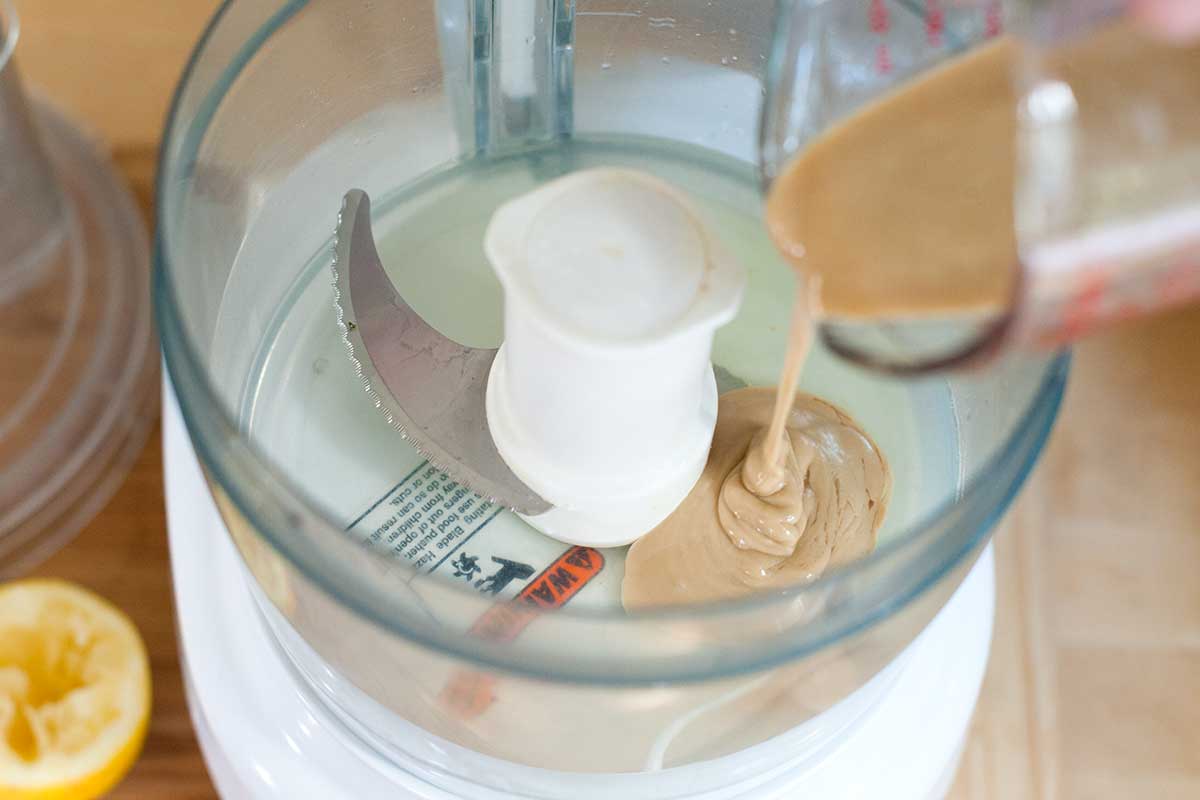

0 thoughts on “How To Make Soup In Blender”